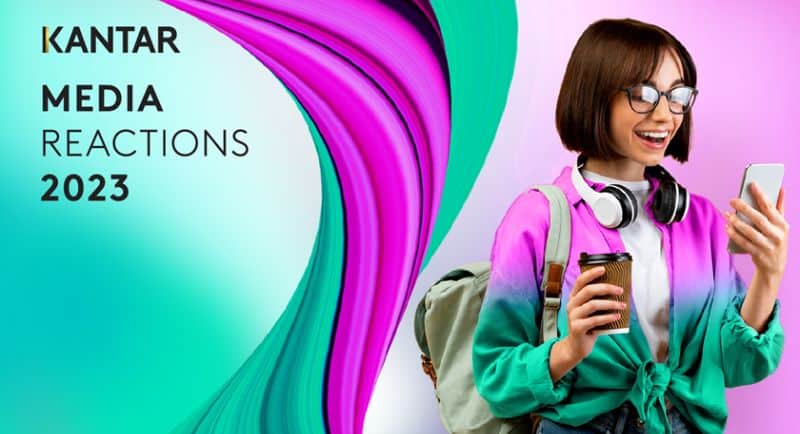The Kantar Media Reactions 2023 report has found advertising on offline channels (except TV) is generally received more positively in Australia as negative perceptions of online advertising continue to persist due to repetition, high volume and being intrusive.
Straford Rodrigues, Kantar Australia’s head of media effectiveness, said: “as a general rule, Australians find advertising to be less trustworthy, less fun and entertaining, and of a lower quality than the global average.”
“These negative perceptions of local advertising are consistent with global standards with positive perceptions still lagging. However, the platforms that are truly resonating with Aussies are Disney and Kayo, which both boast the highest ad equity; The Sydney Morning Herald and The Age, which are considered the most trustworthy; and TikTok and Snapchat, which, unsurprisingly, are the most fun and entertaining.”
“When it comes to channels that Aussies love, in this post-pandemic era, we’ve gone back to wanting the offline, in-person experience, and this is reflected in Cinema, OOH, Digital OOH, POS and Sponsored Events comprising the top five for ad equity, while ‘fun and entertaining’ influencer content is the top online channel.”
Meanwhile, globally, most consumers consider ads on Amazon to be relevant and useful, with few negative qualities. Despite not being one of the top five favourite platforms for marketers globally, Amazon is building trust among consumers with a 10 per cent year-on-year rise in trust scores. Among marketers, YouTube has leapfrogged to the top of the charts globally, improving trust by six per cent compared with last year. The rise of YouTube demonstrates marketers’ preference for established brands.
Rodrigues said the study reveals a significant contrast with “marketers inclined towards newer channels while consumers are preferring those that cause the least interruption to their lives.”
“Yet, in the race for attention, marketers continue to invest in channels that consumers don’t think are attention-grabbing. For marketers, influencer content is king in terms of delivering attention, but it doesn’t make the top five for consumers globally. And a staggering 50 per cent of global marketers do not see attention as important as brand or sales outcomes, despite the evidence that it helps build brands and drives sales.”
“We know advertising campaigns are seven times as impactful among receptive audiences, so for marketers, it’s crucial to understand the strengths and weaknesses of different ad platforms and invest their money where it will make an impact.”
Kantar Media Reactions 2023 uncovers the attitudes of both consumers and marketers to ad platforms and channels. The annual study, now in its fourth year, is based on interviews with around 16,000 consumers in 23 markets and 900 senior marketers globally. It also quantifies how trends and changes in the media landscape shape their attitudes. Key highlights include:
• TV or not TV? The traditional lynchpin of campaigns is absent from marketers’ preferred ad channels. While TV has never been rated highly among consumers, it has historically performed strongly among marketers. However, it fell from third last year to 12th in 2023. TV sponsorship dropped from 12th to 20th. Just six per cent of global marketers say they’ll increase TV spend in 2024.
• The Metaverse continues to be an unfulfilled promise. In 2022, a net 61 per cent of marketers claimed they would increase spend in the Metaverse, but only a net of 12 per cent actually did. In the 2023 study, only one in five state they will raise their budget for Metaverse advertising next year.
• Twitter, the end of an era. X, the platform formerly known as Twitter, suffered reputational damage among marketers with a decline in perceptions of innovation (now 16 per cent, down from 28 per cent in 2021) and trustworthiness (now seven per cent, down from 11 per cent in 2021). A net 14 per cent of marketers say they will reduce their ad investment on the platform in 2024.
Rodrigues added that media synergy is increasingly important to multi-media campaign performance, said: “on average, 35 per cent of campaign effects comes from synergy – that is the additive campaign effects attributable to people being exposed to ads in more than one channel.
“Kantar’s CrossMedia work shows that typically all channels drive synergy and interaction effects, but some channels lend themselves better to driving it. Therefore, understanding synergy and how to maximise it to drive effectiveness is key. This is one of the key rules of marketing effectiveness today and fundamental to building a cohesive integrated marketing effectiveness strategy.”
